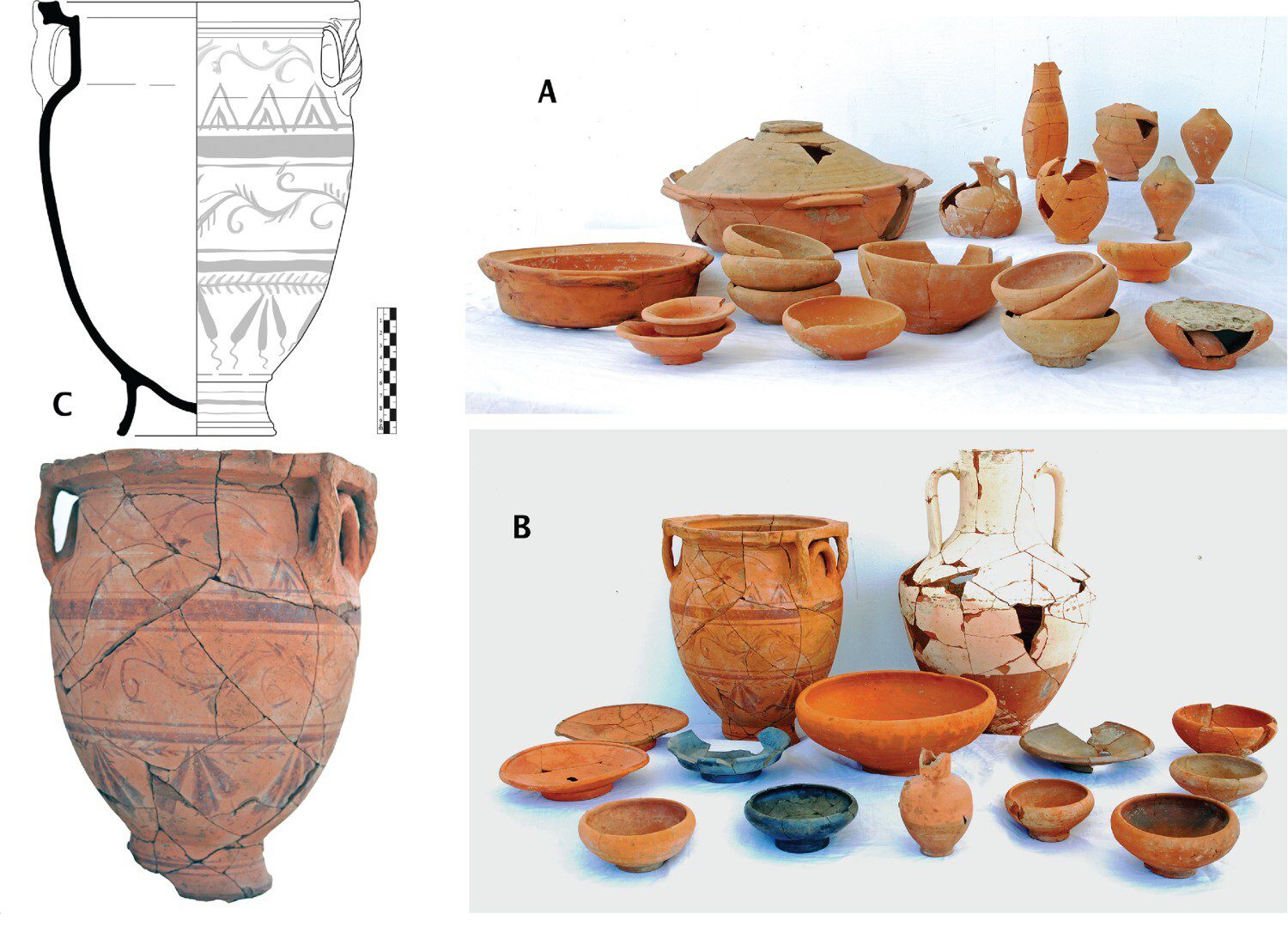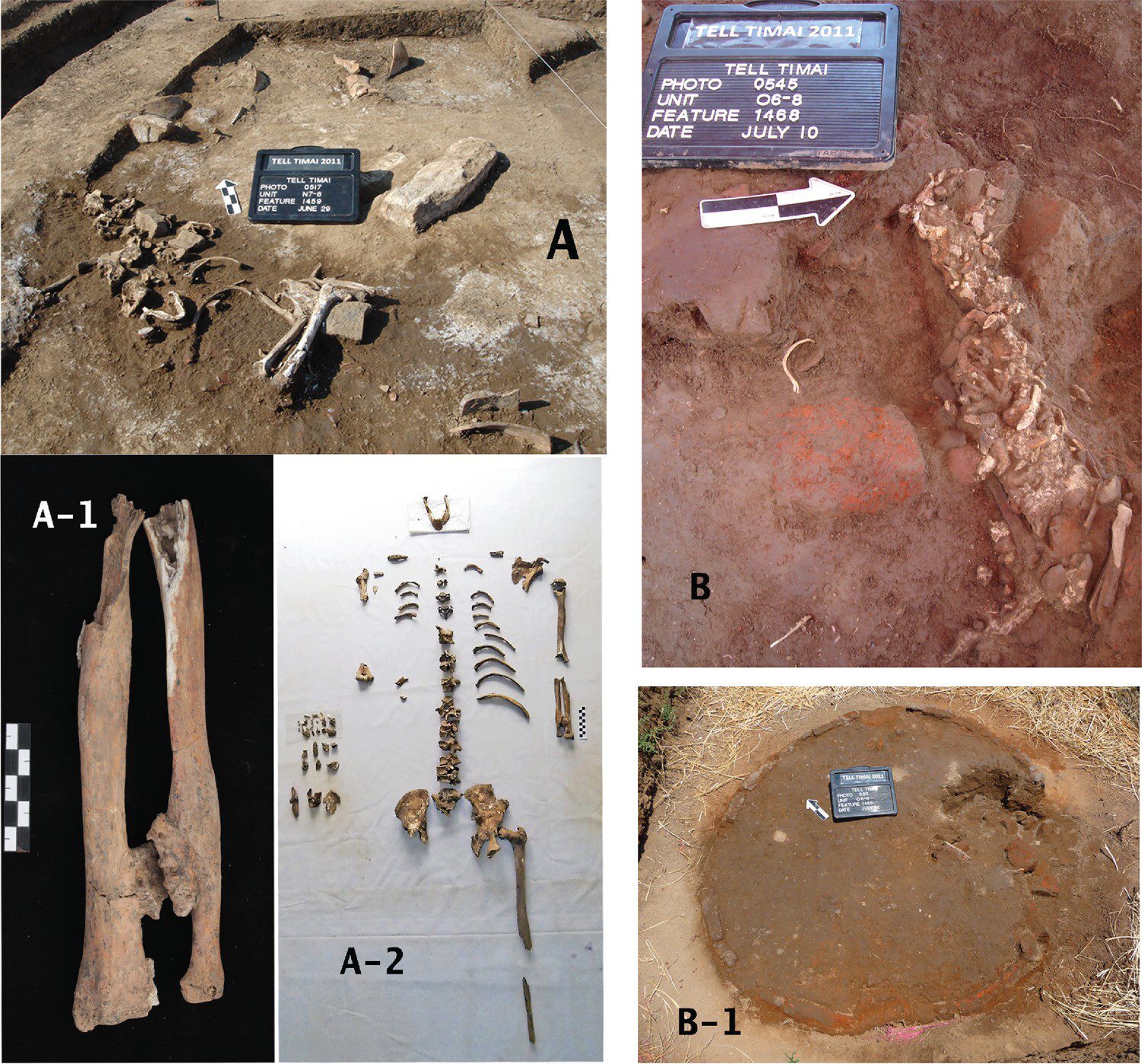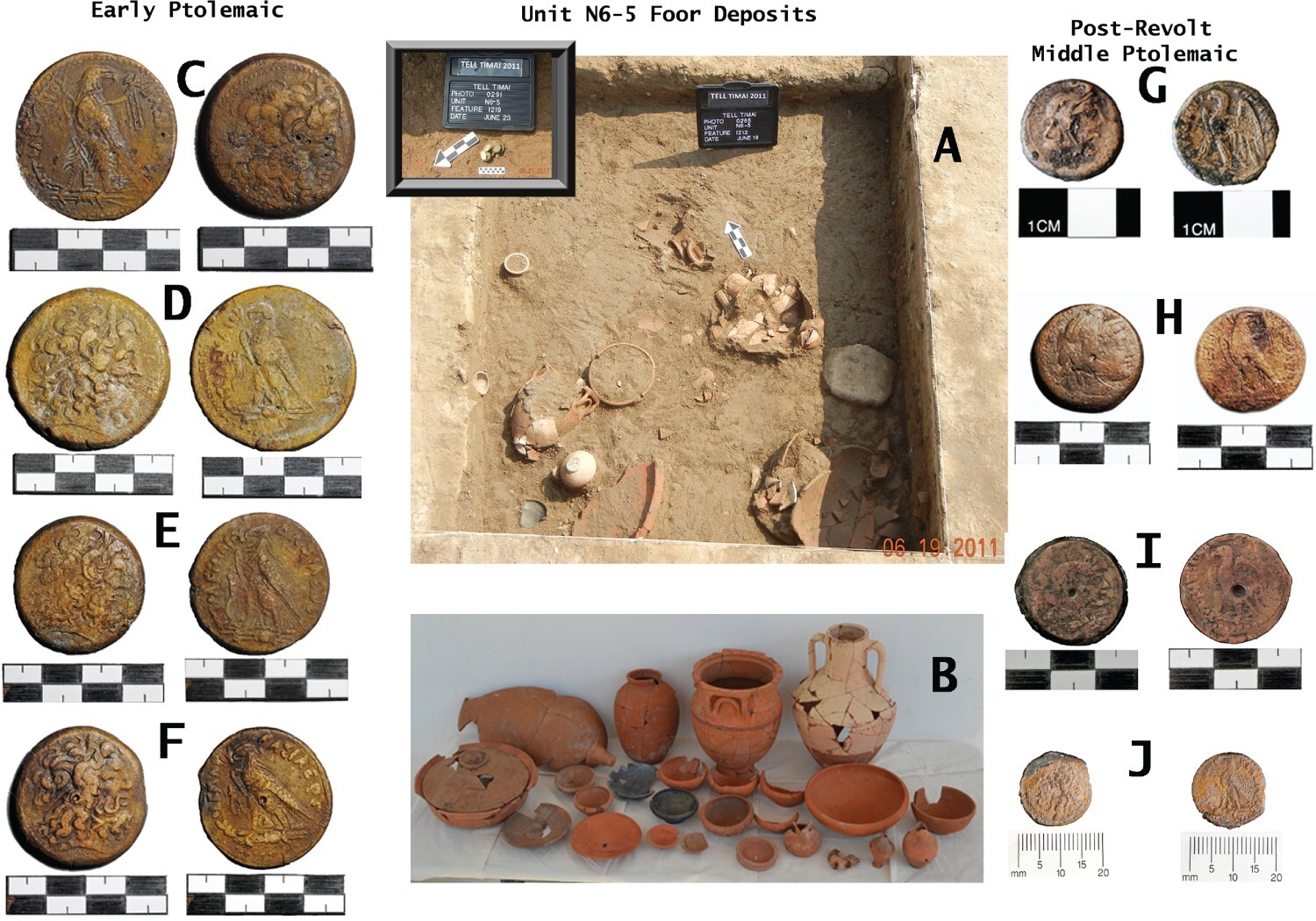The Rosetta Stone, the ancient slab that finally allowed modern archaeologists to crack hieroglyphs, is more famous today for how its message is written than what the message actually says. But just like any historical document, it contains a wealth of information about life in Ptolemaic Egypt – the good and the bad.
One such record contained on the stone concerns the Great Revolt: a decades-long Egyptian rebellion against Greek-Macedonian rule that began in 207 BCE and continued until 184 BCE. It’s an event that Egyptologists have known about for hundreds of years, thanks to historical texts like that on the Rosetta Stone – but it’s only now, with a new excavation at a site known as Tell Timai, that we finally know exactly where it happened.
“Archaeological evidence from the [revolt] is quite rare,” Jay Silverstein, project co-director and an archaeologist and senior lecturer at Nottingham Trent University, told The Art Newspaper.
“There are of course a number of decrees and inscriptions, like the Rosetta Stone, some historical accounts, and a few papyri with indirect references,” he explained. “But when it comes to finding the locations where the sword meets the bone, as far as I can tell, this is the first that has been recognised.”

The story of the discovery goes all the way back to 2007, when archaeologists at the University of Hawai’i launched the Tell Timai Project, but it wasn’t until two years later that excavations at the ancient site initially started. Located on the Nile Delta, about 102 kilometers (63 miles) north of Cairo, Tell Timai was once the important and industrious Greco-Roman city of Thmouis.
In other words, it was a site ripe with possibilities. Perhaps the team would find relics from the city’s prosperous perfume trade, or evidence of its role in early Christianity.
But what they found instead was even more surprising.
“At first I was seeing things that piqued my curiosity and began to realize that we were looking at the destruction layer,” Silverstein told Live Science. “And then we started finding bodies.”

Clearly, Tell Timai had been the site of some major conflict. Over the course of several years, excavations revealed remains of burned buildings, weapons, and stones thrown by siege engines. Coins found beneath a home’s floorboards, as well as fragments of pottery and imported Greek items, allowed the team to date the discoveries to the Early Ptolemaic era – precisely the time of the Great Revolt.
But it was the human bodies, found strewn among ruins or dumped in rubble and refuse, that really stood out.
“In Egypt, people pay a lot of attention to burying people, so to have people unburied tells you a lot,” Silverstein told Live Science. “All these findings were sending a message that there was some event here in history and we had to figure out what it was.”
Among the dead was a young man, found inside a kiln with only his legs outside the oven. It’s not as gruesome as it sounds: the kiln was likely non-functioning, Silverstein said, and he had crawled inside to shelter from the attack. Another man, in his 50s, whose body displayed earlier healed wounds, appears to have died defending himself – he may have decomposed sitting upright, the researchers note.

Tell Timai, or Thmouis, was far from the only Egyptian rebellion against their Greek overlords during the Ptolemaic dynasty, but it was the largest and longest-lasting. With the discovery of its physical location, the researchers hope that more evidence and insight into life in Ptolemaic Egypt will come to light – and perhaps make physical an ancient world that has so far existed only through text and imagination.
“We have opened a new door into our understanding of Hellenistic colonialism, indigenous resistance, and the mechanisms of control including the brutality of the Macedonian dynasty’s rule of Egypt,” Silverstein told The Art Newspaper. “Many other cities suffered a similar fate to that of Thmouis and I hope that this discovery will help broaden the scope of our archaeological understanding of these events.”
The study is published in the Journal of Field Archaeology.
Source Link: Site Of Ancient Egyptian "Great Revolt", Recorded On Rosetta Stone, Finally Discovered